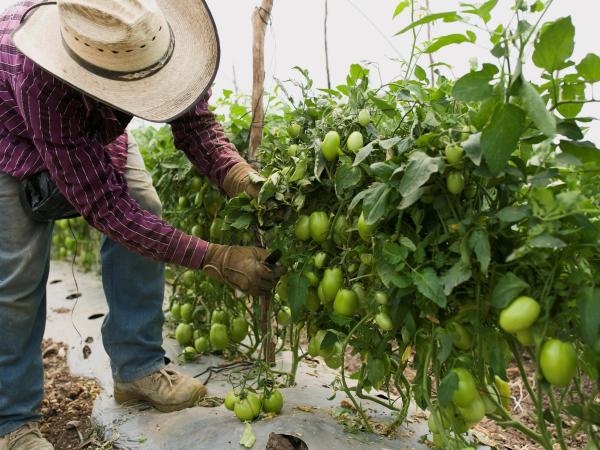The rise in prices in recent months has affected not only consumers but also businessmen and small producers, and according to the latest bulletin of the Producer Price Index (PPI) disclosed yesterday by the National Administrative Department of Statistics (Dane), in March said indicator increased 3.79% compared to February 2022.
(Producer Price Index rose 3.79% in March).
Likewise, the PPI of national production registered an annual variation of 32.84% for that month compared to March 2021. In this case, the rise in prices assumed for the production of goods for domestic consumption was 26.5 % in its annual comparison, while that of exported products was 50.15%.
The Dane states that the IPP It is an economic indicator that presents the average price variation of a basket of goods representative of national production and imports, and that the PPI allows studying the behavior of product prices from the moment they enter the marketing channels.
“The IPP is a signal that anticipates some adjustments in the Consumer Price Index. When you have supply inflation, it reflects that prices rise because the costs of production and inputs increase.” The director of Dane, Juan Daniel Oviedo, explained to Portafolio, who clarified that, when talking about the national production indicator during the last 12 months, what is being looked at is, “for national producers, how much more expensive are their costs.”
(When will the results of the measures against inflation be seen).
Within the annual results of the IPP to March, the Dane detailed that the price increase experienced by producers in the mining sector was 80.7% in March compared to the same month of 2021, for agriculture it reached 45.6%, while the industry had an increase of 17.59% in its producer prices, below the national average.
Regarding the weight of these increases in the PPI, the one that weighed the most in the indicator was mining, which contributed 13.61 percentage points (pps) to the annual variation of the indicator. Within this group, the subcategories that had the greatest impact were the prices in the production of ‘petroleum oils and oils obtained from bituminous minerals, crude’, that rose between March 2022 and March 2021 by 76.21%, coal, with an increase of 142.97% in its production prices and other fuels (78.21%).
This, according to the director of the entity, is explained by two important effects: “an energy component in national production, since when calculating the IPP we have the international increase in oil prices, and in the exchange rate”.
Agriculture, on the other hand, contributed 7.51 pps to the total annual variation, and among the most significant increases in producer prices registered by the entity are potatoes, with an increase of 100.8% in the last year. , while industry contributed 11.72 points to the variation.
Oviedo highlighted how the final price that consumers pay not only remunerates production costs, but also the costs of all the intermediaries in the chain, and given that in the national case the marketing margins are quite high, “Production costs are contributing a quarter of the inflation that is being seen in consumer prices,” and that explains why the PPI inflations double or even triple those of the Consumer Price Index (CPI).
(What 8 missions of economic experts leave the country in 10 years).
“The challenge now is that this rapid cost inflation becomes a barrier to entry for small or smaller scale producers. Persistent cost inflation is going to reduce the active players in supply, and that can lead to increases in prices”, Oviedo said.
MONTHLY RESULTS
In relation to the month of March, exploitation of mines and quarries registered an increase of 13.01% in its PPI, manufacturing industries an increase of 1.46%, while agriculture, livestock, forestry, hunting and fishing rose 0.91 %.
CPI FOR MARCH IS REVEALED THIS TUESDAY
The Dane will present this Tuesday night the bulletin of the Consumer Price Index (CPI) for March. The market expects the increase in monthly inflation to be 0.9%, according to the ‘Survey of expectations’ of the Bank of the Republic.
Likewise, analysts expect the data to reach 8.45% on average, especially driven by food.
Some of the projections of the main entities are higher, as is the case of Corficolombiana, which expects 8.5%, or Banco Itaú, which points to 8.61%.
From Banco de Bogotá the expectation is that annual inflation reaches 8.4%, while Bancolombia estimates a variation of 8.34%.
LAURA LUCIA BECERRA ELEJALDE








